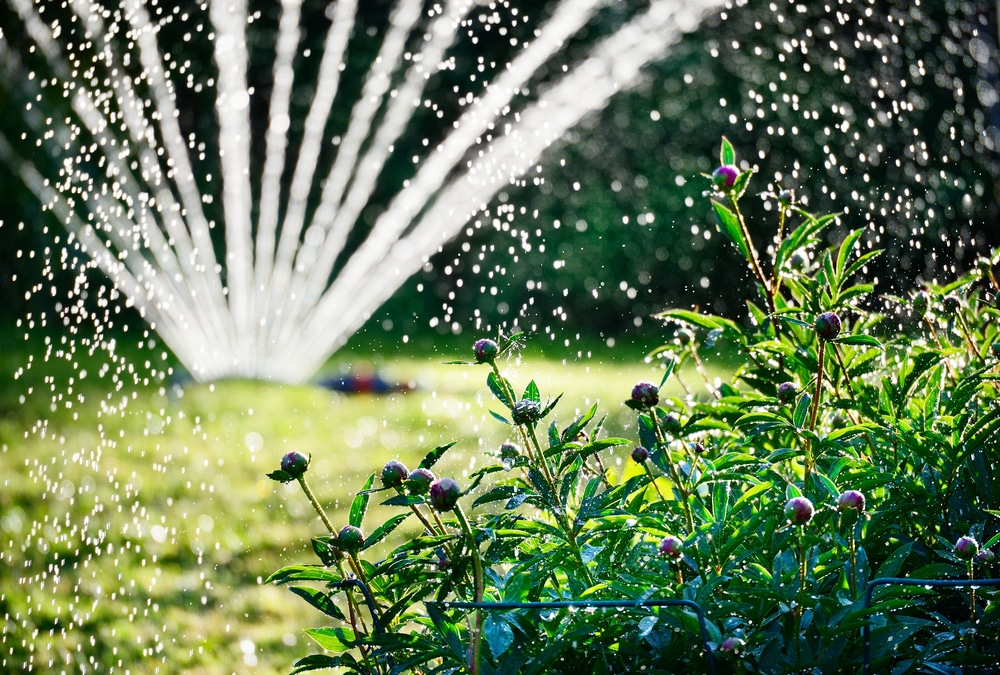Sustainable landscape design isn’t a new concept, but it is one that has become increasingly popular in Australian gardens.
A landscape designed with sustainable principles can survive and thrive in the Australian climate without relying on precious and scarce resources or impacting the environment in a negative way.
But what aspects make a landscape sustainable and how can you implement sustainable practises into your own garden design?
Dig in for a Sustainable Garden Design
Embracing more sustainable landscape architecture doesn’t have to involve a large budget and overhaul of your backyard – it can be as simple as embracing native plants, being more waterwise, and reusing materials where possible.
Embrace Native Plants
Planting a variety of native species as part of your garden design is a simple way to have a more sustainable yard, as native species are better suited to the local climate and soil.
This makes them low maintenance and also encourages wildlife to enjoy your garden.
Australia is home to some stunning native plants, such as banksias, bottlebrush, kangaroo paw and everlasting daisies, all of which bring colour, diversity and wildlife to your home.
Planting native species in your yard also reduces the need for watering – as Australian natives are hardier and used to the climate.
Be More Waterwise
The average household uses around 60% of their water in the garden. Not only does that increase your water bill, but it shows how much of a valuable and scarce resource households use to keep their gardens looking lush.
There are a range of changes you can make that will help you save water (and money) without killing off your garden.
In addition to planting some native species, gardens can benefit from the installation of a drip irrigation system. Not only does this prevent overwatering, but it is also the most efficient method to get water to the roots of the plants.
These systems can be set on timers to water in the early morning or late evening too, which reduces evaporation and ensures the water going into the garden is getting where it needs to go.
Also make the most of winter rainfall by collecting rainwater in a rainwater tank to use on your garden in the spring and summer months.
To see what water wise planning looks like in action, see our sustainable project portfolio.
Give Food Scraps and Materials New Life
Reusing and recycling materials, foods, and even household items is a great way to make your garden design more sustainable. Try things such as:
- Turn food scraps into nutrient rich compost – reducing the need for chemical fertilisers!
- Recycle old indoor furniture – like metal bed frames – into pot stands or veggie gardens
- Use old pallets to create a vertical garden feature
- Connect plastic soft drink or milk bottles together to create a hanging planter
- Get creative with your family to create artwork for the garden from bottle lids, glass bottles or old glassware
- Opt for reclaimed timber and other materials when planning out designs
Create a Sustainable Landscape with Looking Good Landscaping
Choosing a sustainable garden design is an investment that benefits the environment, as well as your lifestyle and your bank account over the long term.
Looking Good Landscaping is your one-stop-service for designing your dream garden, with a team that are committed to listening to your ideas, working within your budget, and answering all your questions.
Contact our team at Looking Good Landscaping to get started on your sustainable landscape design today.





